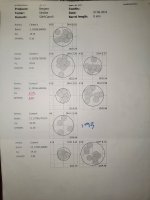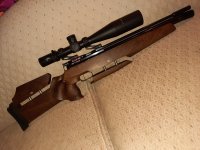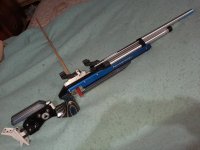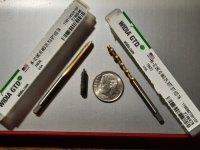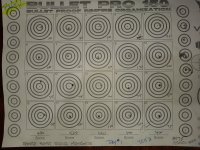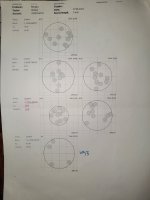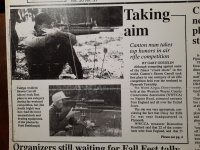There's good reason to believe that ammo that performs well at longer distances also performs well at shorter ones.
Ammo performance doesn't
improve with distance. It must be exhibit good performance at all distances short of its ultimate distance. The ammo doesn't know how far it will travel before striking a target.
At places such as the Lapua testing facilities, where electronic sensors record the same rounds at both 50 and 100 meters, on unusual occasions the same ammo has recorded
better MOA performance at 100 than it did at 50. These are unusual because such performance
depends on some bullets having an offset center of gravity that will cause better performance. Such characteristics aren't predictable and they don't occur on demand. In other words, they are a random but happy occurrence. Of course an offset center of gravity could have easily resulted in a worse-than-expected performance.
According to a student of ammo performance who posts on many firearms forums including, I believe, this one and who has compared a considerable number of test tunnel results, the
average ten-shot group size at 50 increases by a factor of about 2.8 at 100. (
e.g. a .3" ten shot group at 50 will
on average become .84" at 100). Of course, some rifle/ammo combinations will be better or worse.
Ammo such as .22LR match almost always has worse performance as distance increases. In order for ammo to perform well at 100 or beyond, it must and will perform well at all distances. There is no reason to expect an ammo that's outperformed at 50 or 100 to be suddenly better at 200 or beyond. There's no internal mechanism that causes the ammo to "sober up" and fly straighter once it's past a certain distance. There's no flight-correcting microchip inside a .22LR bullet that makes it improve its performance the further it goes downrange.
With regard to individual bullets having a predictable trajectory based on short range performance, the short answer appears to be yes, they sometimes do, sometimes they don't. The thing is that they don't always or predictably "fly" as might be expected. The center of gravity offset problem, which can't be predicted in advance, can work for better or worse. I suspect it works for the worse more often.
For a little more on this, see this thread, especially post #10
http://www.rimfireaccuracy.com/Forums/showthread.php/12590-Ammo-testing-at-25-yards


